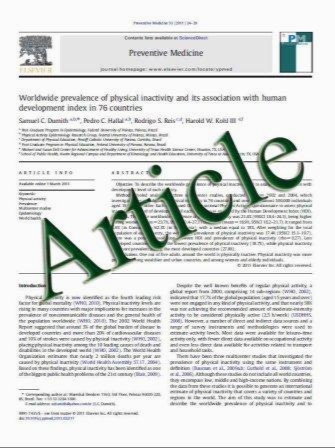Clinical success rates for polyether crown impressions when mixed dynamically and statically
- نوع فایل : کتاب
- زبان : انگلیسی
- مؤلف : Marc Schmitter & Glen H. Johnson & Clovis Faggion Jr. & Christina Klose & Gergo Mitov & Frank P. Nothdurft & Peter R. Pospiech & Peter Rammelsberg & B
- چاپ و سال / کشور: 2011
Description
The purpose of this study is to compare success rates of dual-viscosity impressions for two types of mixing techniques of the polyether elastomeric impression material. Additionally, influencing parameters on the success rates should be evaluated. The expectation was that there would be no difference between the success rates for the two mixing techniques. Two centres enrolled 290 subjects (727 teeth) into the trial. Patients were randomized for the two types of mixing techniques. One step, dual-viscosity impressions were made with either statically mixed Impregum Soft tray material (SAM) or dynamically mixed Impregum Penta H DuoSoft (DMM). Low viscosity Impregum Garant L DuoSoft was used for both groups. Gingival displacement involved the use of two braided cords. Full-arch trays were used exclusively. Both critical defects and operator errors were assessed for the first impression taken by trained dentists. The primary outcome was impression success. For comparison of the two mixing techniques, the odds ratio for success and the corresponding one-sided 95% confidence interval was calculated by a logistic regression model. To account for the dependence between several teeth within one patient, the method of general estimating equations was used. The overall impression success rate was 35.4%. Both mixing techniques showed equal success rates indicated by an OR of 1.0 and a lower limit of the one-sided 95% confidence interval of 0.71. Using this result to develop the corresponding interval for the difference, it could be shown that the success rate using SAM was at most 8.2% lower than that when using DMM with a probability of 95%. Multivariate logistic regression analysis of other potential influencing factors showed position of finish line (p=0.008, supra compared to mixed), blood coagulation disorder (p=0.021) and the level of training of the clinician (student vs dentist, p=0.008) to Supported in part by 3M ESPE M. Schmitter : C. Faggion Jr. : P. Rammelsberg : B. Ohlmann : S. Schwarz : T. Stober Department of Prosthetic Dentistry, University Hospital Heidelberg, Heidelberg, Germany G. H. Johnson Department of Restorative Dentistry, University of Washington, Seattle, WA, USA C. Klose : P. Schiller : M. Pritsch Institute of Medical Biometry and Informatics, University of Heidelberg, Heidelberg, Germany G. Mitov : F. P. Nothdurft : P. R. Pospiech Department of Prosthetic Dentistry, University Clinic, Homburg, Saar, Germany M. Schmitter (*) Poliklinik für Zahnنrztliche Prothetik Universitنtsklinik für Mund-, Zahn- und Kieferkrankheiten, Ruprecht-Karls-Universitنt Heidelberg, Im Neuenheimer-Feld 400, 69120 Heidelberg, Germany e-mail: marc_schmitter@med.uni-heidelberg.de M. Schmitter : C. Faggion Jr. : G. Mitov : F. P. Nothdurft : P. R. Pospiech : P. Rammelsberg : B. Ohlmann : S. Schwarz : T. Stober School of Dentistry, University Hospital Heidelberg, Heidelberg, Germany G. H. Johnson School of Dentistry, University Clinic, Seattle, WA, USA Clin Oral Invest DOI 10.1007/s00784-011-0566-3 have an independent influence on the success rate. Dynamic mechanical mixing and the new static mixing of polyether tray material showed nearly equal success rates in the study even though success rates were comparatively low (DMM, 35.3%; SAM, 35.4%).
Clin Oral Invest DOI 10.1007/s00784-011-0566-3 Received: 9 August 2010 / Accepted: 11 May 2011


